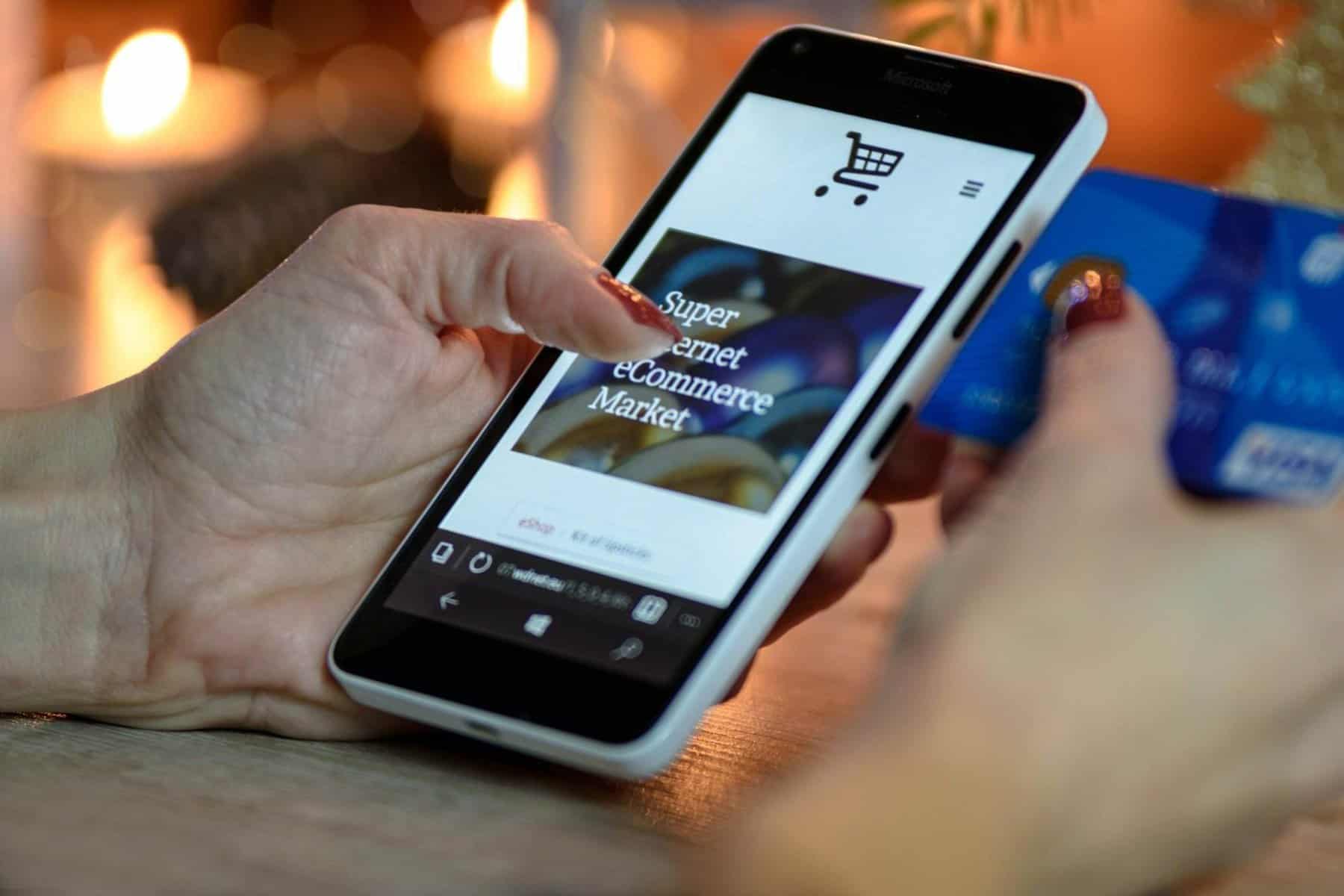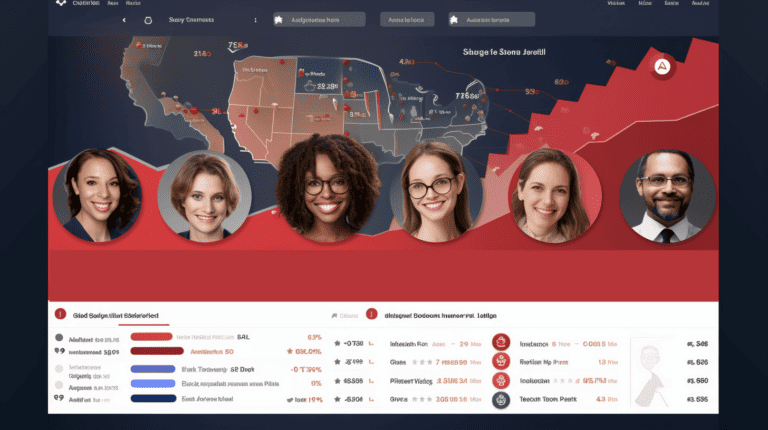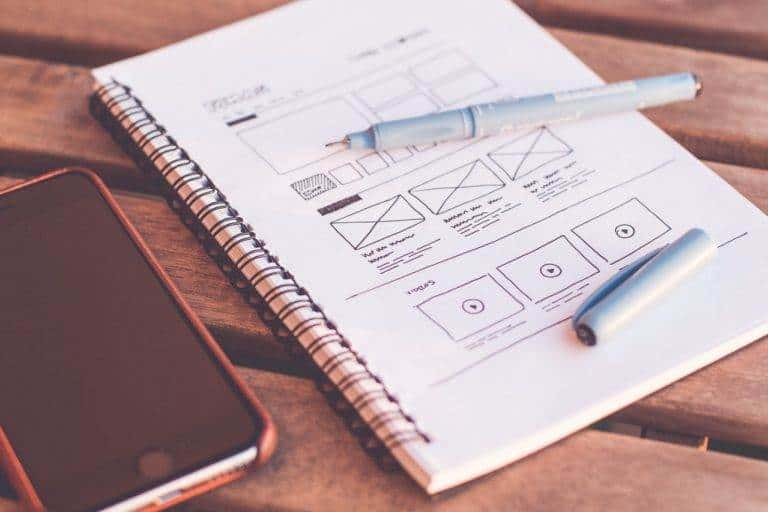9 Best Tips To Optimize Landing Page Conversion Rates
1. Landing Page Conversion rates meaning
Landing Pages are one of the most important parts of any digital marketing campaign. When properly designed and implemented, they can bring in a flood of traffic and conversions.
However, if your landing page isn’t optimized for conversions, you end up with a lot of useless traffic. Optimizing your landing page is not only about increasing conversions – it’s about improving your conversion rates AND bringing more traffic in. That is why it’s crucial to understand how to improve your landing page conversion rates.
The best way to achieve this is to:
- make people want to come back, not just once;
- make people want to stay there; and
- don’t interrupt them while they’re on your site.
If you can do all three, then you will increase your conversion rate and get more users in there than before. But if you can only do two (or none of them), then you are wasting a lot of effort and money that could be better spent elsewhere on your site or in another business.
The last thing you want is for someone who came to your website for a good reason (to learn about what you do) but left because he/she ran out of energy or didn’t have time left over for reading any more content.
2. How to design a landing page to generate leads
Landing page optimization is a very complex and confusing topic. There are too many variables, too much to consider, and too little time to get into the nitty gritty. I am just going to quickly cover some of the basics so that you can start your own landing page optimization journey.The first thing to do is decide what you want to optimize for. I personally think that this is the first step of any optimization process (as it is a way of deciding what will improve your conversion rates).
However, you don’t have to do this first. In fact, if you don’t know what you want to optimize for, it may be better not to even go down this path (see below). If a landing page is good at converting visitors into leads or customers then that’s enough reason for optimizing it.To make sure it is optimized properly though, you need some things:• A clear call-to-action• A clear navigation hierarchy• A good headline (and ideally subheadings)• An optimized copy•
Consistent design elements such as callouts and images Companies need to have an optimization process in place with our landing pages (we have also tested our design on other sites like Dribbble) that helps us generate leads and sell our product (basically we look for opportunities for calls to action on our site). Ideally we would like every part of the landing page experience to elicit a specific action from visitors — but if there are no opportunities then we just need enough information so that they can quickly come up with their own idea for how they could use our product or service.
Often this means using only one call-to-action button or so, which works well when everything else is good because people aren’t expecting anything more than information provided by us; and it works even better when nothing else needs optimizing. For example: an image file download button: A video download button: A contact form on the top left corner: An email signup option on the right sidebar: etc… The key point here is that instead of having one button saying “Buy Now” all visitors get two options — so they are more likely to take action, instead of clicking through because they don’t know where else they can go or whatever other distractions may be in their way!
3.Gain your visitor’s trust
According to Marketing 101, people will buy from people they know, like, and trust.
In contrast to the ‘real world,’ online trust does not have to be earned over time but and through various touchpoints — which is why you need to include a few easy items on your landing page.
Here are some options
- Include a phone number
- Make a money-back guarantee available.
- Include a picture of a person.
- Demonstrate that you are trusted by other businesses.
It’s not necessary to cover all of the bases, but a few key items can make a big difference.
4. Use proven psychology for landing page design
Landing pages are the starting point of your conversion rate optimization efforts and should take up a lot of your time, energy and creativity to create.And then you realize that it’s not that simple — you need to do a lot more than just a landing page conversion rate optimization in order for it to work well for your product.
It must integrate nicely with the rest of your site content, make sense from an SEO standpoint, be SEO-friendly and be easy to update. It must also be designed in such a way that it feels fresh and interactive, so visitors will stick around long enough to actually start converting their traffic into sales.
The best way to do this is by putting psychology into play. You can’t just put something on a page — you need to ensure that it’s engaging enough for users and also helps them understand what they’re paying for before they decide whether or not they want to buy it or not. You can do this by using research-backed findings on what makes people trust different websites or products•
Writing text which users will actually remember (not in just “I read the title / subtitle / image” format)• Using examples from real-world settings (your product might be like an ad campaign — use real life examples instead)Subtopic: Optimize Your Landing Page To Improve Conversion Rate Gain your visitor’s trust Use proven psychology for landing page design Kill distractions — guide your visitor down one path only Cut your copy down to the bare minimum
5. Create an irresistible call to action
The conversion rate is how much of your visitors to your landing page actually convert into a sale. The higher the conversion rate, the more likely it is that they will be more likely to buy. The trick is that a high conversion rate will not be enough to guarantee a sale.
The best way to increase your conversion rate is to create an irresistible call to action — something that grabs the visitor’s attention and leads them down one path only.
You just need compelling headlines and content. All you need is a clean, simple and concise description of what you do (and why you should be chosen by your target audience).
A good description should contain all the information needed for prospects to understand what it is they are getting themselves into; so in most cases all that needs to be done is rewriting the headline, giving it an effective call-to-action (CTA) and adding some optional details such as sales terms or pricing if necessary (since too many details can actually lead people away from your product).
What’s a Great Call To Action?
- Top 10 Reasons Why People Buy Online
- Top 10 Reasons Why People Buy Offline
6. Create legitimacy of your business
Having legitimate credibility is important. You want your visitors to trust that you have what they need and that you’re not a spammy site. The easiest way to achieve this is to get a high-performance landing page and use it consistently with well-constructed content.What Is A Landing Page?A landing page is a webpage that the user arrives at after they sign up for an email, phone call or website download.
They are generally used by businesses who have opened up a business account, such as an ecommerce store or service such as Google Apps, Mailchimp or Prisma.The basics of a landing page are:• Text in the top left corner (or other prominent area)• Typing in the top right corner (or other prominent area)• A call to action (CTA) button near the bottom of the page – usually something like “buy now” or “sign up” – which will take them directly to your documentation, your shopping cart/sales funnel etc.What To Do?
7. Create urgency for the reader
The conversion rate is how many people you need to convert to drive your business. While there are some obvious metrics like call-to-action and bounce rate, it’s easier to understand conversion rates by looking at the landing page itself (or the page that follows after the landing page). Google Analytics has a nifty tool where you can view your landing page and see how much time is spent on each of its sections, so that you can optimize your conversion rate. But you can also do this yourself using Google’s Page Speed tool In fact, there’s a whole world of tools that will help you do just this.
Conversion rate optimization tools like ClickFunnels or Front End Funnels are designed for this exact purpose: to optimize your landing pages so that they’re as high performing as possible.
They use advanced, proprietary algorithms to help you make all kinds of decisions about what visitors should see on a particular website. And because these tools work on so many different sites, we can make sure that every visitor sees something different from the next visitor.The first thing we want to do is optimize our conversion rate relative to our competition.
We want our visitors to be less likely to leave than our competitors; and most importantly, we want them more likely to convert into paying customers.
8. Eliminate distractions on the landing page
A landing page is the last step in a series of steps that lead to conversion, and can be an important one. It’s the center of gravity for your product and its value is only as good as its ability to grab attention.
An interesting question that arises when you think about it is: how much distraction is enough? Too much? Too little?
A common problem we see in startups is that they have too many distractions that crowd out their focus on the actual product. They are having too much trouble getting visitors to act. This can lead to a lack of trust, which in turn leads to a lack of possible conversions.
One way to get more conversions without adding more distractions is by removing distractions from your landing page—this is where optimization comes in. To optimize your landing page for conversion, you need something that improves conversions—the most important thing here though may not be improving conversions but rather finding new ways to capture and communicate the value of your product.
There are two types of optimization: automation (which we will discuss) and content (which we will not). Automation refers to creating complete sets of actions so visitors can easily accomplish them (e.g., using browser extensions or mobile apps). You can do this yourself but I’m going to suggest you hire a person who can automate it for you or even automate it yourself if you’re confident enough in your code skills (and not afraid of writing a little bit of code). Content optimization refers to various ways to create compelling content which helps convince people they should take action on your landing page (or elsewhere online). Whether it’s product reviews, sales pages or whatever, content optimization helps generate new leads and improve conversion rates, which in turn leads to greater efforts and resources being put into improving the product itself.
9. Reduce or eliminate copy
In the context of marketing and sales, the term landing page is used in two senses —• a place where products are sold (e.g. Amazon);• a place where someone goes when trying to buy something (e.g., Apple).
In this context, a good landing page will:•
- get your visitor to your product or service easily and quickly;•
- give them some information about what they will find on your site;•
- give them some time to sit back and digest info on your website before they make their decision;
A good landing page reduces the number of steps necessary for someone trying to buy or signup for your product or service — so that no matter whether they already know about you or not the first thing they do when visiting the site is someone who sells something to them.
The way you create that feeling can be as simple as making sure there is plenty of white space between each section of text in each heading and/or subheading on the page; or by making sure each box asks for something different from most other boxes on the page (e.g., by asking for “Name” in an area instead of asking “Email” in another area); but these simple steps can make all the difference between getting visitors who want to buy right away – AND people who want to learn more about you before they decide if they want to buy at all.
If there are things missing from your landing pages, then readers won’t be able to really get into whatever it is that matters most about yours, which means they won’t trust you enough to come back again and again without doing much more than just scanning headlines first before scrolling down any further…
Don’t let that happen on your website. And the best way to do that is to keep improving your landing page conversion rates.







